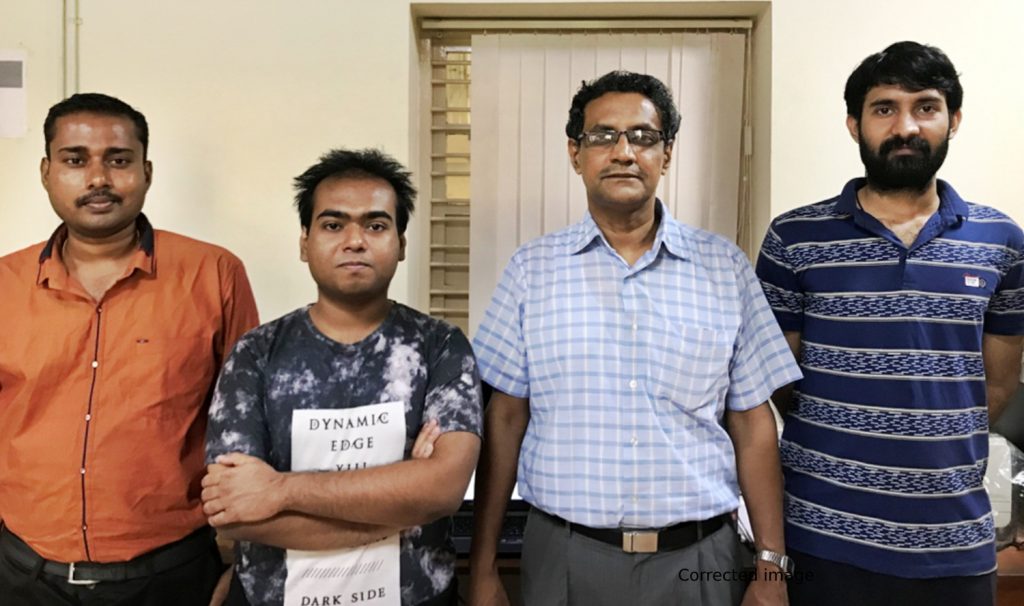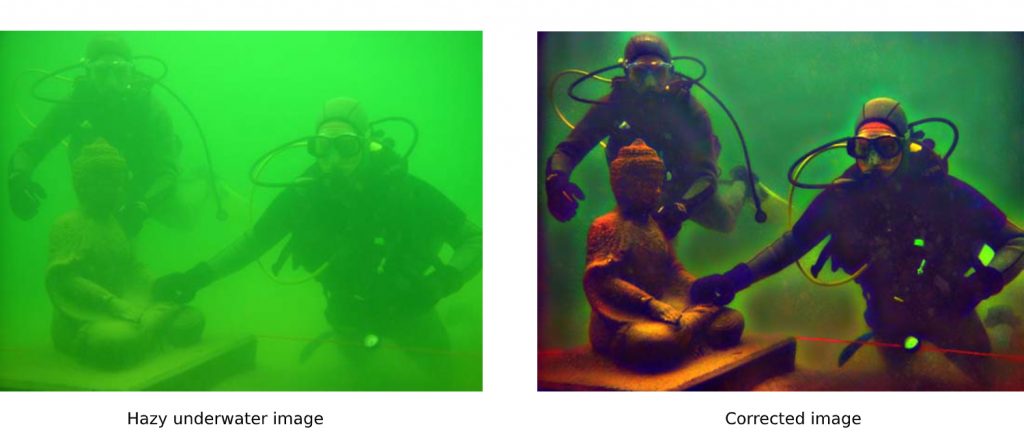
We no longer live in a safe world! Unlawful activities such as terrorism, kidnapping, theft, and rape have significantly increased in recent years compared to the last decade. To handle such menaces, an efficient surveillance mechanism is required by law enforcement agencies to ensure the safety of law-abiding citizens. One of the most important tools in fighting crime is video surveillance through security cameras. Whether hand-held, installed as CCTV cameras on the streets, or mounted on drones, these devices help the police prevent unlawful activities and solve crime cases.
Nowadays, the use of security cameras is not limited to law enforcement; regular citizens also use them to ensure the safety of their loved ones and belongings. Surveillance technology plays a vital role in crime prevention, offering valuable evidence to assist in investigations and promote public safety.
Although cameras are most helpful in providing evidence of a crime, they can be hindered on foggy or hazy days. This is because, like human eyes, the visibility of a camera decreases in hazy conditions, making it difficult to capture clear images or videos. To address this issue, a research team led by Dr. A.N. Rajagopalan, Professor at IIT Madras, has developed a solution.
In their recent research published in the IEEE Transactions on Image Processing, they propose a new method to improve the visibility of images degraded by haze. Dr. Rajagopalan explains that many computer vision applications, such as surveillance, terrain classification, and autonomous navigation, rely on high-quality images, and haze can significantly reduce performance. The research team’s approach to image de-hazing is especially valuable in both personal and public transportation systems. Reducing the impact of haze is a challenging problem, particularly when only a single image of the scene is available.
The haziness in a scene, as experienced through our eyes or captured by a camera, is due to how both humans and cameras perceive objects or scenes. Light first falls on an object, with some of it being absorbed by the object and the rest being reflected back. The ideal image should reveal the original color contrast and brightness of the scene. However, the medium between the object and the camera can reduce the amount of light that reaches the camera.
Particles in the atmospheric medium reflect ambient light, which mixes with the directly transmitted light and creates a hazy effect in the captured image. When haze or fog is present in the air, suspended particles block the reflected light, causing shifts in colors and poor contrast. This can also create a white veil, further degrading the quality of the image.

To solve this issue, Prof. A. N. Rajagopalan and Srimanta Mandal have devised a post-processing technique to mitigate the effect of haziness. To do this, the scientists modeled portions of haze in the image from the standpoint of the image formation process itself. They worked to correct specific aspects responsible for haziness in an image viz. the decrease in intensity of light and change in image colour due to haze. They based their research on the premise that if an image is considered as comprising of several local patches, then the similarity with the neighboring patches must relate to the similarity in-depth of the image as well. In case there are abrupt changes in patch similarity then it will typically imply change in-depth information too.

The scientists state that as the degradation of image quality due to atmospheric conditions increases with depth, the patch similarity within a local neighborhood can be used as a measure to estimate the parameters of a model that captures the effect of decrease in intensity of the image. The parameter corresponding to haze component is computed by using non-local mean of patches which show abrupt changes. Using a similar approach, the research team was also able to remove haziness in images taken in night-time or even underwater.
“Given a hazy image, the challenge is to restore the original image which means the image should have been recorded as if transmission medium was ideal. Mandal and Rajagopalan have addressed this problem and have provided a pragmatic solution. The proposed method is computationally efficient and produces better results compared to other competitive methods. The technique may find numerous applications including transportation sector; especially those that are affected by fog and haze during the winter days. The work is sure to be labeled as a scholarly one and will definitely be considered as a step forward in the area of computational photography and image processing” says Prof. Bhabatosh Chanda, who is an expert in this area of research and working as a professor at Indian Statistical Institute, Kolkata.
Now that we have a process in place which can yield almost haze-free images, surveillance can be done in a better way especially in winters or in mountainous regions. After this successful research, the scientists are looking at addressing heavy haze and other adverse weather conditions.
Article by Aditi Jain
Article: https://ieeexplore.ieee.org/document/8931247









